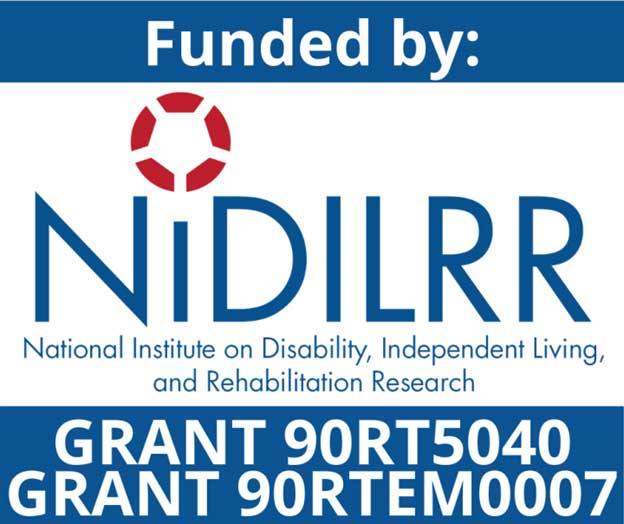There are some types of eye conditions that cannot be corrected with standard eyeglasses. Many times, patients with these types of conditions are unaware of low vision technology. Through Low Vision Clinics, a patient can find prescriptive magnification aids that can enhance existing vision. These aids may include a handheld or stand magnifier, a monocular, a special pair of glasses, an attachment to glasses, or perhaps even a closed-circuit television system.
Costs of these aids may vary from a few dollars to several thousand. Sometimes vision can be enhanced by special lights or reading stands. Initially, the use of these aids may be rather difficult or troublesome to the users, but with training and practice, a whole new world can open. An Altavista search reveals over 8,000 references including clinics, producers of products, distributors, and basic information.
If you are looking for a low-vision clinic near you, please refer to the list of State Vocational Rehabilitation Programs on this database. They will have information about clinics in your area. If you are looking for specific aids, there are mail order catalog companies listed here that can assist you. If you have never used aids, it is recommended that you go through a clinic so that you can get the aids that are especially right for you. There are many kinds of aids.
There is a lot of variety in magnifiers. The larger the magnifier, usually the less powerful. Those inexpensive ones bought in drug stores and variety stores are usually not very powerful and may have some distortion that can cause eye fatigue. Generally, the more powerful a magnifier, the smaller the area viewed. For someone needing a reading aid, this may mean that with a powerful magnifier, he/she may only see a few letters in a word. With less power, the reader can still see the whole word.
There is a career specialty in vision-related rehabilitation. Certification is through the Academy for Certification of Vision Rehabilitation & Education Professionals. These professionals work with optometrists and ophthalmologists to provide support to persons learning to use low-vision aids.
Some states have passed laws allowing individuals with corrected vision between 20/70 and 20/200 to obtain driver's licenses. Laws vary from state to state and usually require extensive training and some restrictions. Training is in the areas of low vision and driver's education. This practice is sometimes referred to as bioptic driving. Bioptics are long-distance aids that attach to the glasses and allow a driver to see further down the road. Not all low-vision drivers require bioptics, but special techniques are essential to safe driving. Training can be expensive and not all persons are good candidates. Links appear below.
General Information and Resources
Bioptic Driving
- Albinism and Driving - Consideration in Deciding whether or NOT to Drive
- Driving and Low Vision
- Information about Bioptic Driving
